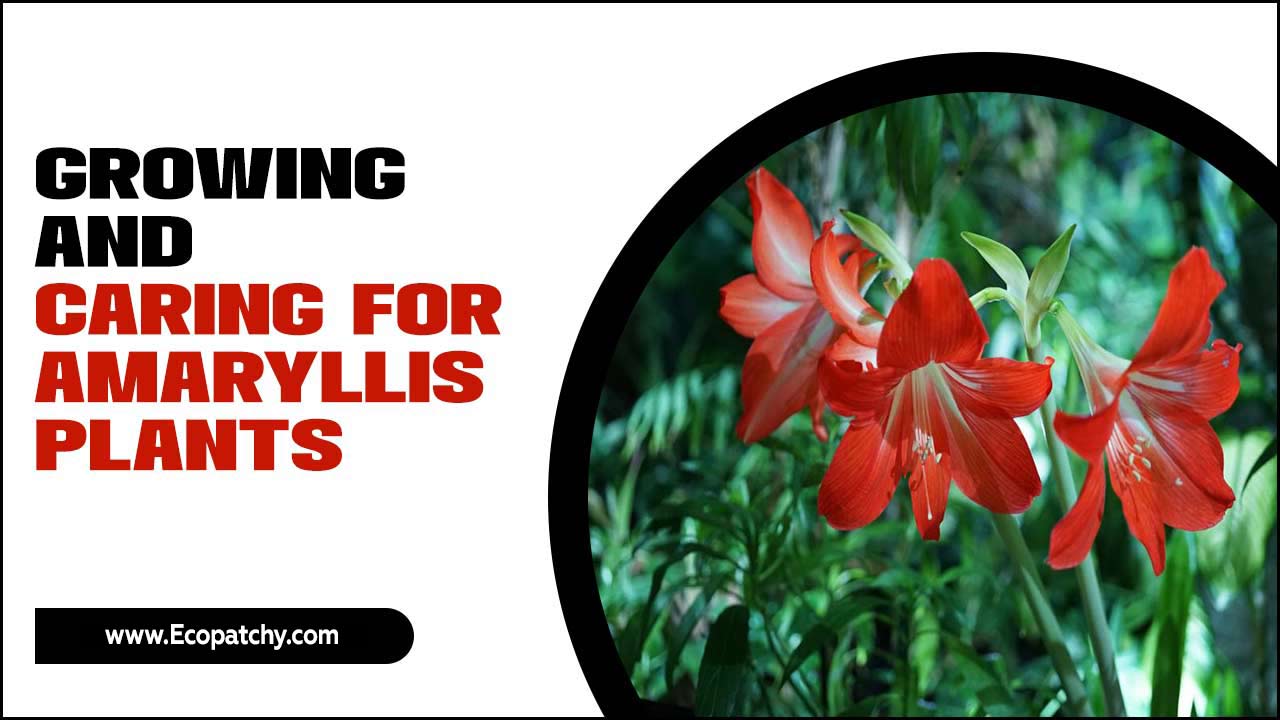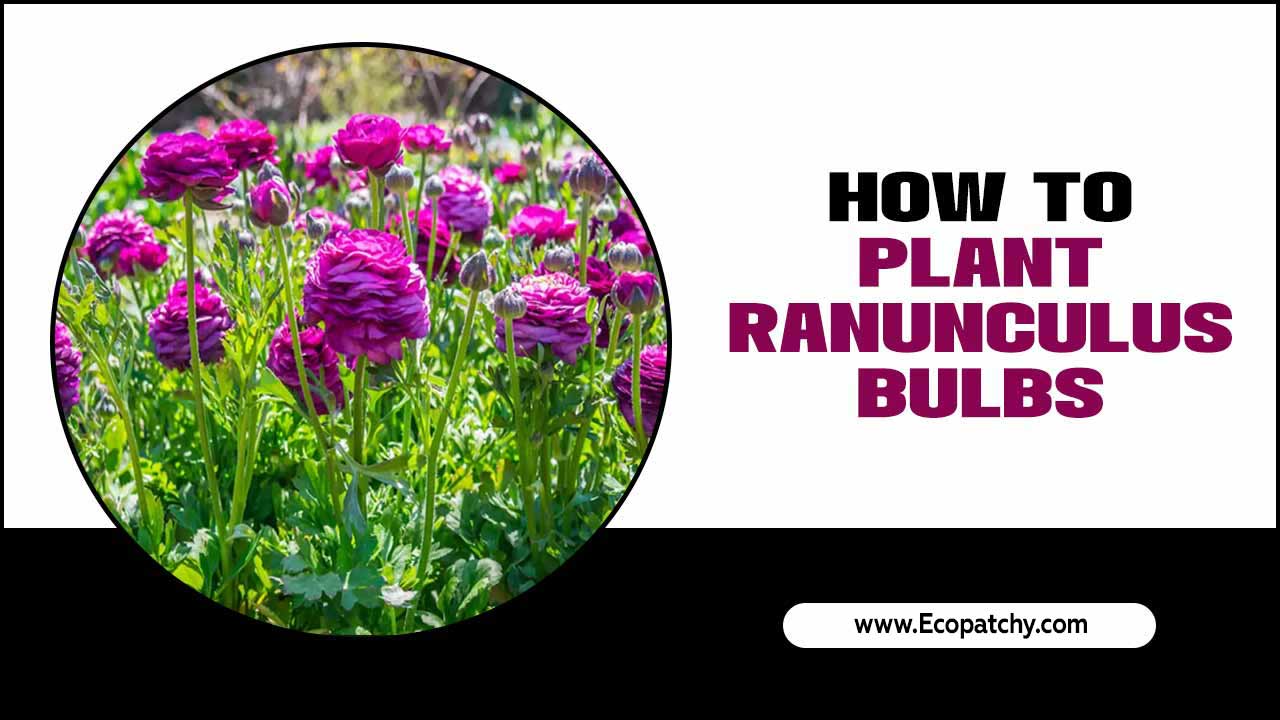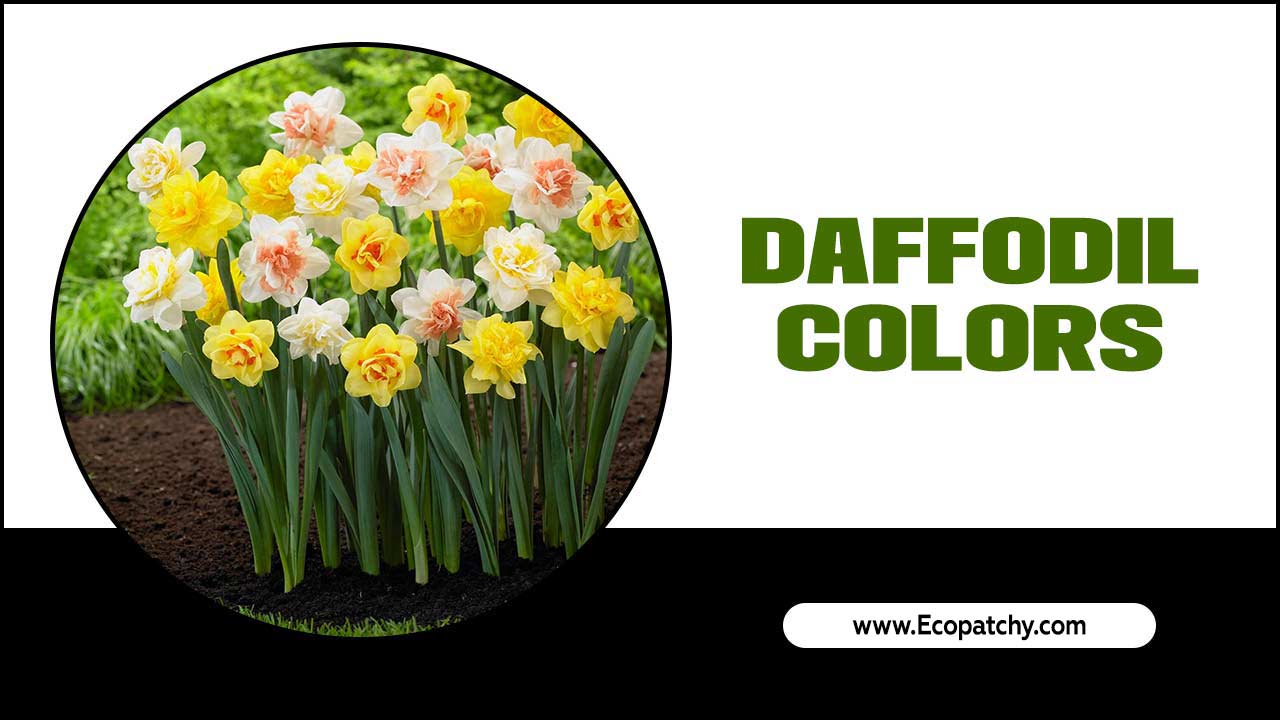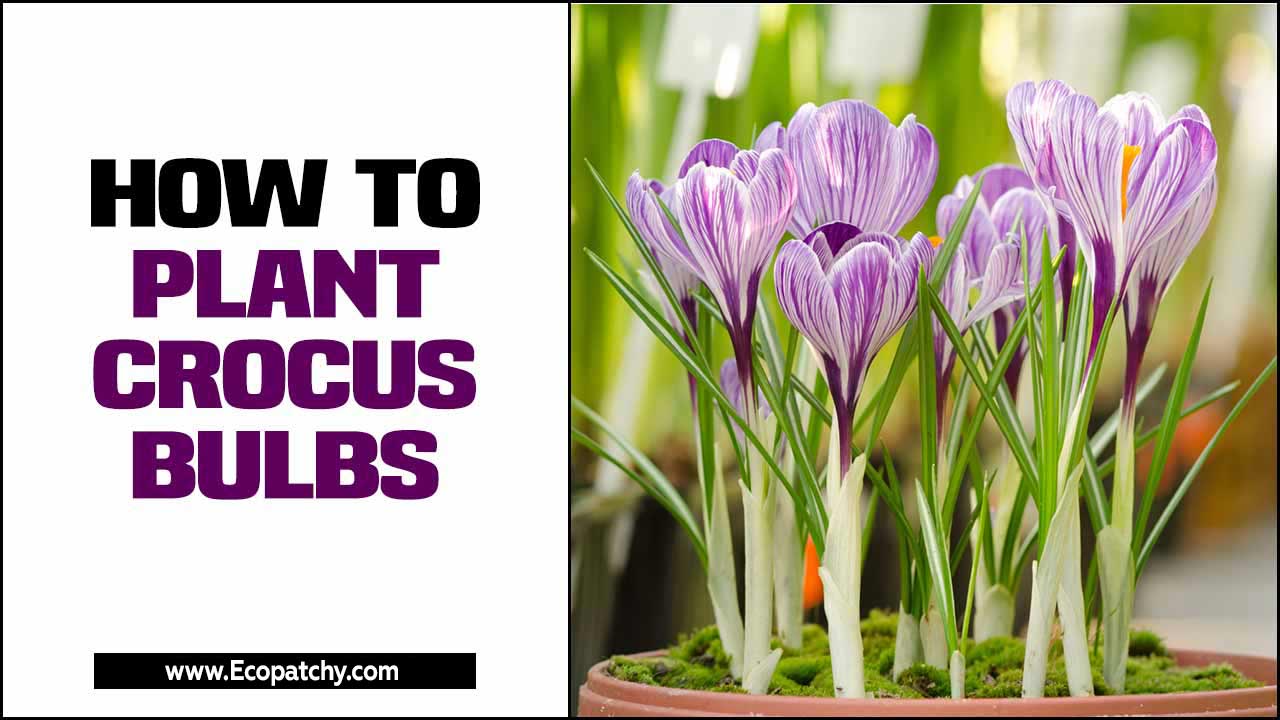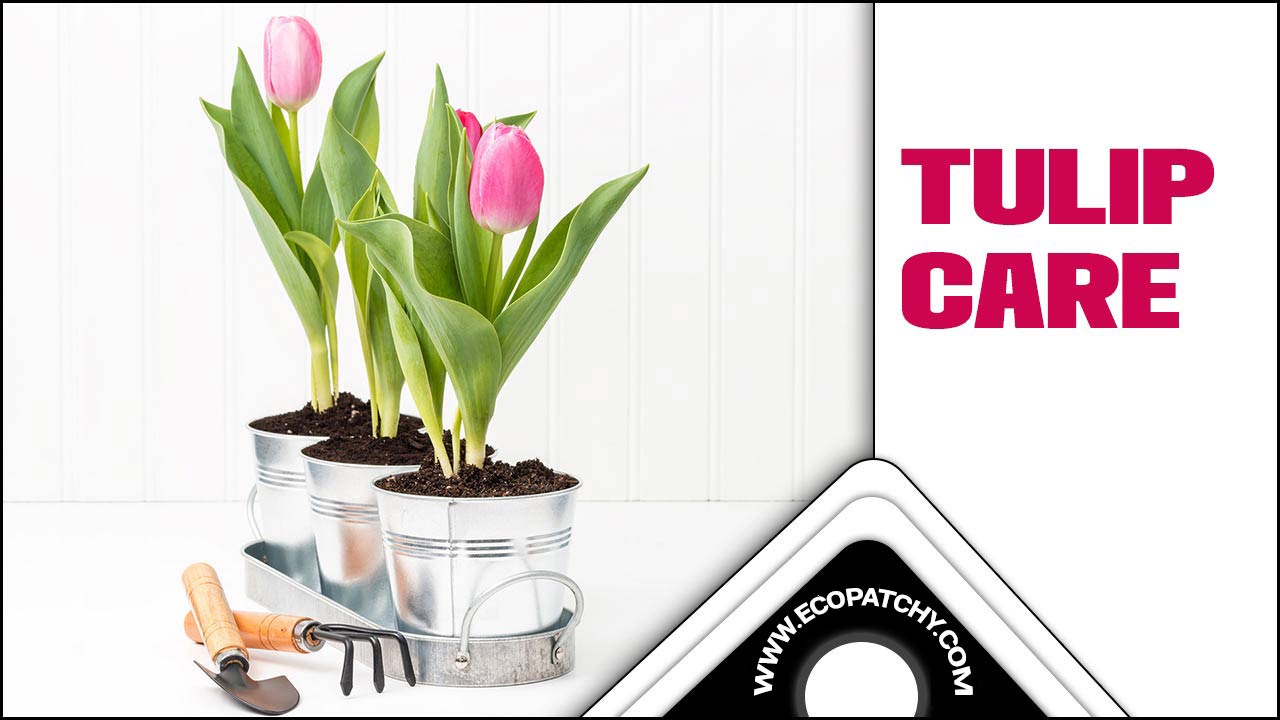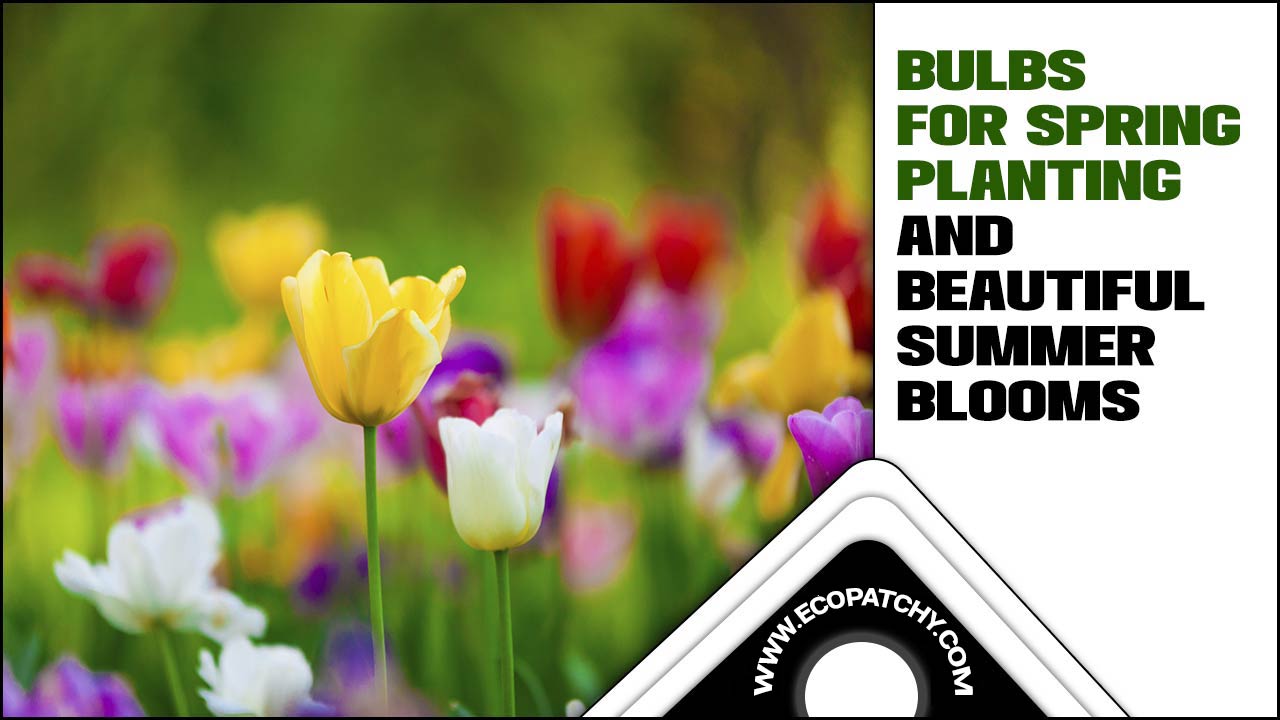Let’s talk about the importance of daffodils and bulb growing. Daffodils are one of the most popular and beloved spring bulbs. They come in various colours, shapes, and sizes and are easy to grow.
Here, we will cover everything you need to know about how to grow daffodil bulbs from bulb to bloom. We’ll provide you with seven tips for success, including preparing the soil and planting the bulbs, providing proper care and maintenance, ensuring adequate watering and sunlight, protecting daffodils from pests and diseases, monitoring and managing growth, achieving blooming success, harvesting and storing daffodil bulbs, troubleshooting common issues, and final tips. By the end of this post, you’ll be ready to start growing your beautiful daffodils!

Importance Of Daffodils And Bulb Growing
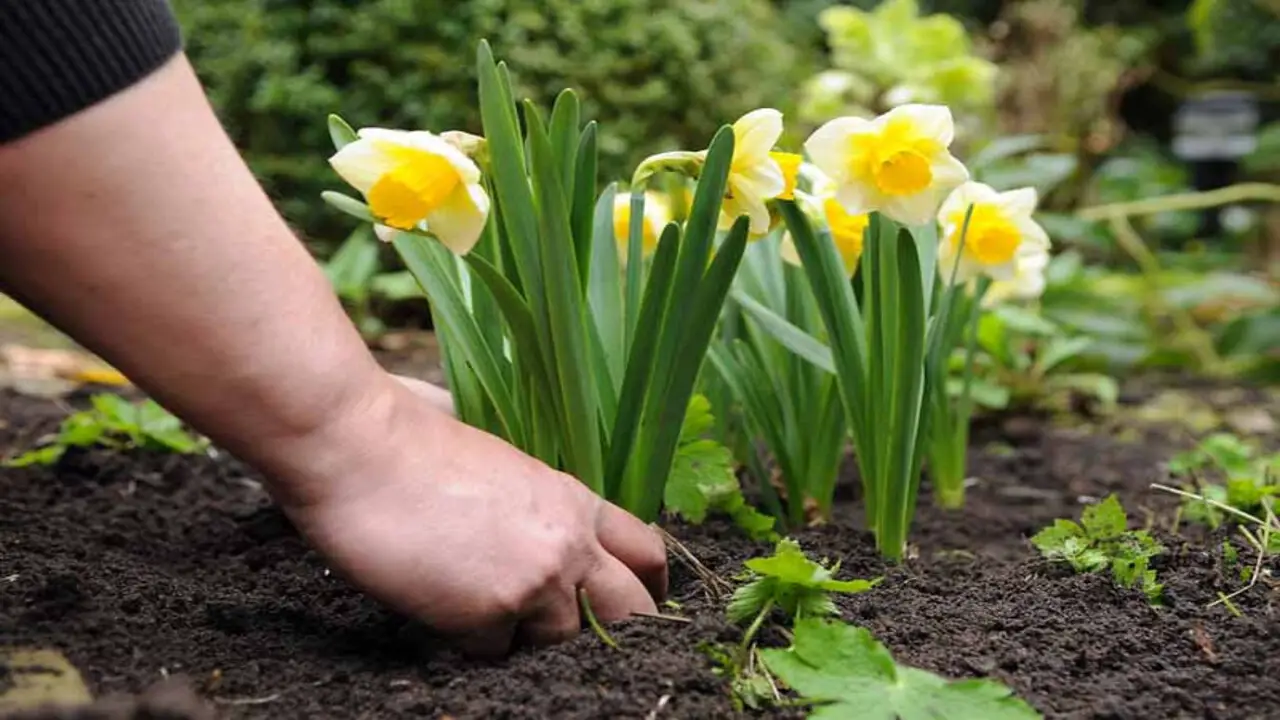
Daffodils are a popular and beautiful spring flower that brighten any garden or landscape. Growing daffodils from bulbs is a cost-effective and rewarding way to add these flowers to your garden.
The process involves planting the bulbs in the fall, letting them grow roots over the winter, and eagerly awaiting their bloom in the spring. Proper soil preparation, planting depth, and watering are crucial for healthy daffodil bulbs. Daffodils are low-maintenance and can thrive for years with proper care, making them an excellent addition to any garden.
Choosing The Right Bulbs
Choosing the right bulbs is essential in growing daffodils from bulb to bloom. When selecting bulbs, look for ones that are firm and plump, as these are more likely to be healthy and produce beautiful flowers. Avoid bulbs that are soft or have mouldy spots, as these may be diseased or damaged. It’s also important to choose bulbs that are appropriate for your climate and growing conditions.
Some varieties of daffodils may be better suited to colder climates, while others may thrive in warmer regions. Additionally, consider the desired height and colour of the daffodils when choosing bulbs, as wide varieties are available. By carefully selecting the right bulbs, you can set yourself up for success and enjoy a stunning display of daffodils in your garden.
7 Tips For How To Grow Daffodil Bulbs From Bulb To Bloom
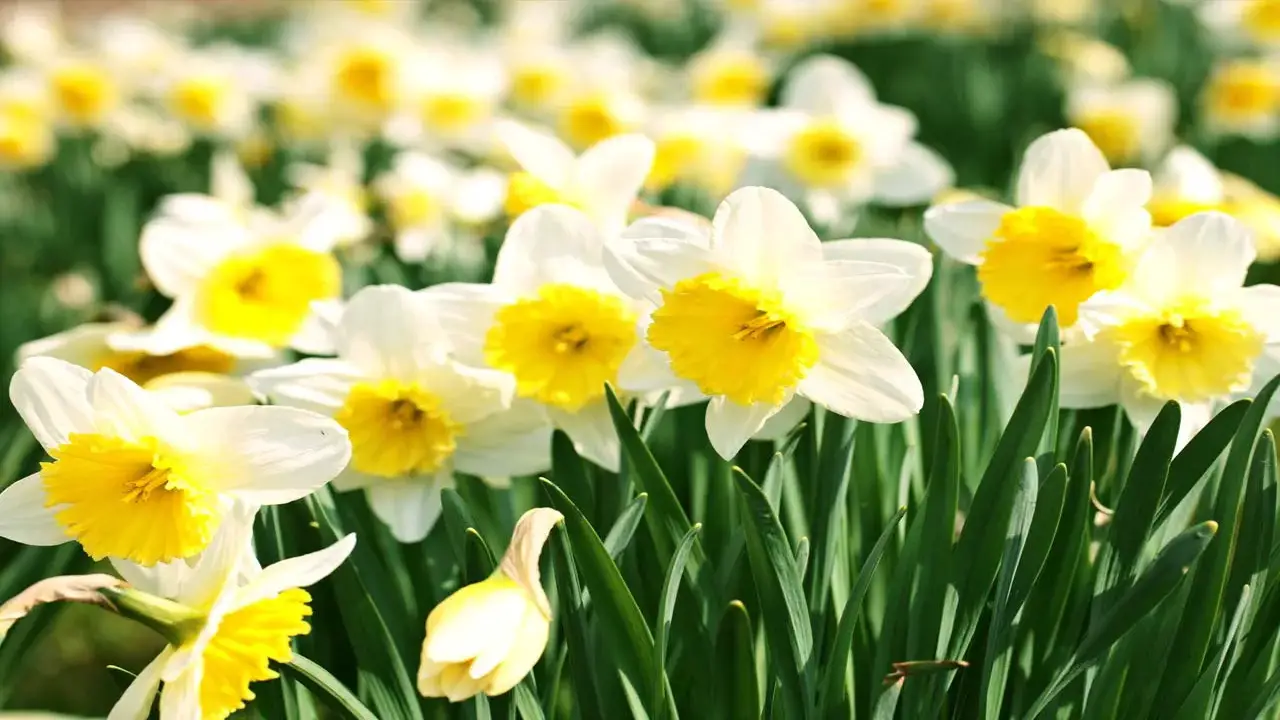
To successfully grow daffodil bulbs from bulb to bloom, start by preparing the soil. Loosen it with a garden fork to ensure good drainage. Growing daffodil bulbs from bulb to bloom can be a rewarding experience for any gardener.
These cheerful flowers can brighten any garden with vibrant colours and delicate petals. To ensure the success how to grow daffodil bulbs from bulb to bloom, the following seven key tips are important.
1.Preparing The Soil And Planting The Bulbs
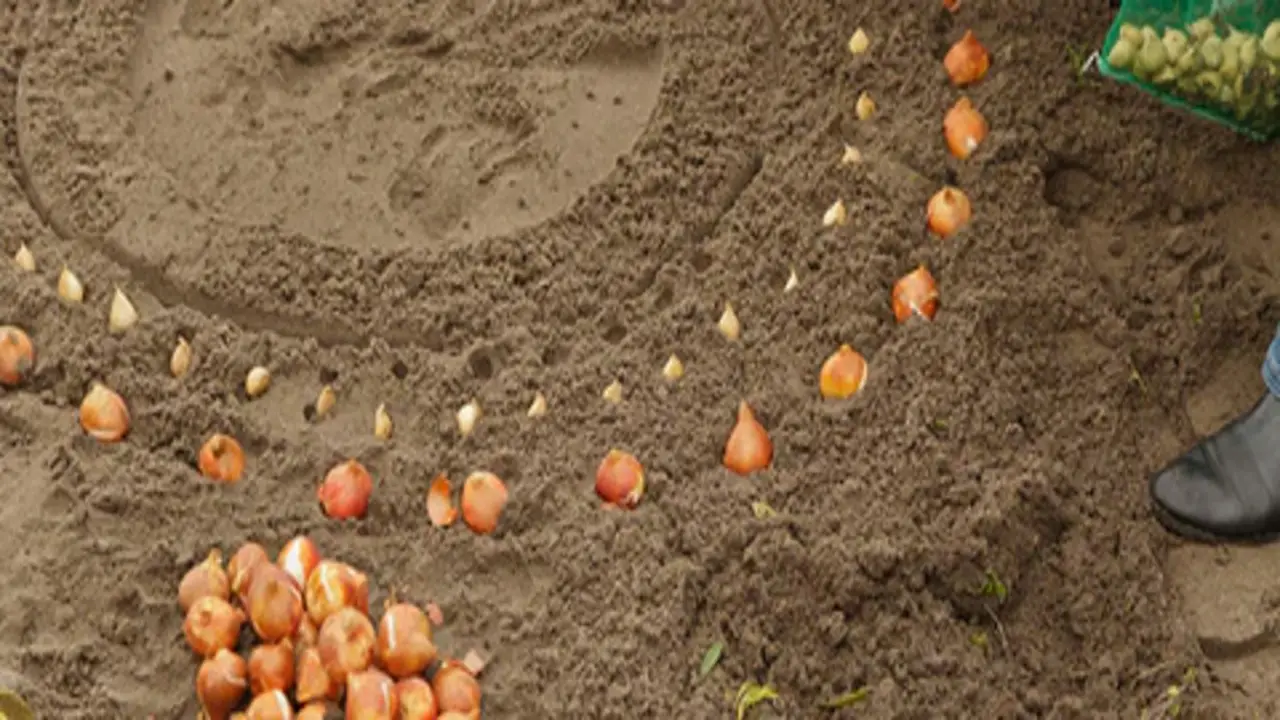
To ensure the successful growth of your daffodil bulbs, it’s crucial to prepare the soil properly and plant them at the right depth. Start by amending the soil with organic matter to improve drainage and fertility. Dig individual holes for each bulb, making sure they are spaced adequately.
Plant the bulbs at a depth that is three times their width, allowing sufficient room for their roots to establish. It’s also important to ensure good drainage in the planting hole to prevent bulb rot. For consistent planting depths, consider using a bulb planter. Following these guidelines, you can set your bulbs up for healthy growth and beautiful blooms.
2.Providing Proper Care And Maintenance
To ensure the healthy growth of your daffodil bulbs, it’s essential to provide proper care and maintenance. Fertilize the bulbs in early spring and again after blooming to supply them with essential nutrients. Remove spent flowers to redirect energy towards bulb development.
Keep the surrounding area free from weeds and debris to prevent resource competition. It’s crucial to avoid excessive watering as daffodils prefer slightly dry conditions. Protect the bulbs from extreme cold by mulching the soil surface. Following these guidelines can help your daffodil bulbs thrive and bloom beautifully.
3.Ensuring Adequate Watering And Sunlight
To ensure healthy growth and blooming of your daffodil bulbs, follow these guidelines for watering and sunlight. Provide the bulbs at least 6 hours of direct sunlight daily to promote photosynthesis and strong flower development.
Water them with approximately an inch per week, considering that daffodils prefer slightly dry conditions. It’s crucial to have good drainage in the planting area to prevent waterlogged soil, which can lead to bulb rot and fungal diseases. Monitor the soil moisture levels and adjust watering accordingly.
4.Protecting Daffodils From Pests And Diseases

To protect your daffodils from pests and diseases, it’s important to take certain measures. First, keep your daffodils away from areas prone to fungal diseases. Additionally, monitor for pests like aphids and slugs and take appropriate action if needed.
If necessary, apply organic pest control methods. To minimize the risk of disease spread, avoid overcrowding your daffodils. Finally, promptly remove and dispose of any infected or damaged foliage. By following these guidelines, you can ensure the health and longevity of your daffodil bulbs.
5.Monitoring And Managing Growth
To ensure the optimal growth of your daffodil bulbs, it is important to monitor and manage their progress. Keep an eye out for signs of nutrient deficiencies and address them promptly. Regularly check the growth of your daffodils and adjust watering and fertilizing as needed.
Taller varieties may need support from stakes or another plant supports to prevent them from bending or breaking. Removing any dead or yellowing foliage will help maintain the plant’s overall health. Lastly, inspect the bulbs for any signs of rot or disease and take immediate action to prevent further spread.
6.Achieving Blooming Success
To achieve blooming success with daffodil bulbs, it’s important to provide them with a cold period of 12-16 weeks for optimal growth. Mulching the soil surface helps insulate the bulbs during winter, protecting them from extreme temperatures.
Ensure daffodils receive proper sunlight and water during the growing season, but avoid excessive fertilization as it can result in lush foliage but fewer blooms. Deadhead spent flowers to encourage more blooms and prevent seed formation. Following these tips, you can enjoy a vibrant display of daffodils in your garden.
7.Harvesting And Storing Daffodil Bulbs
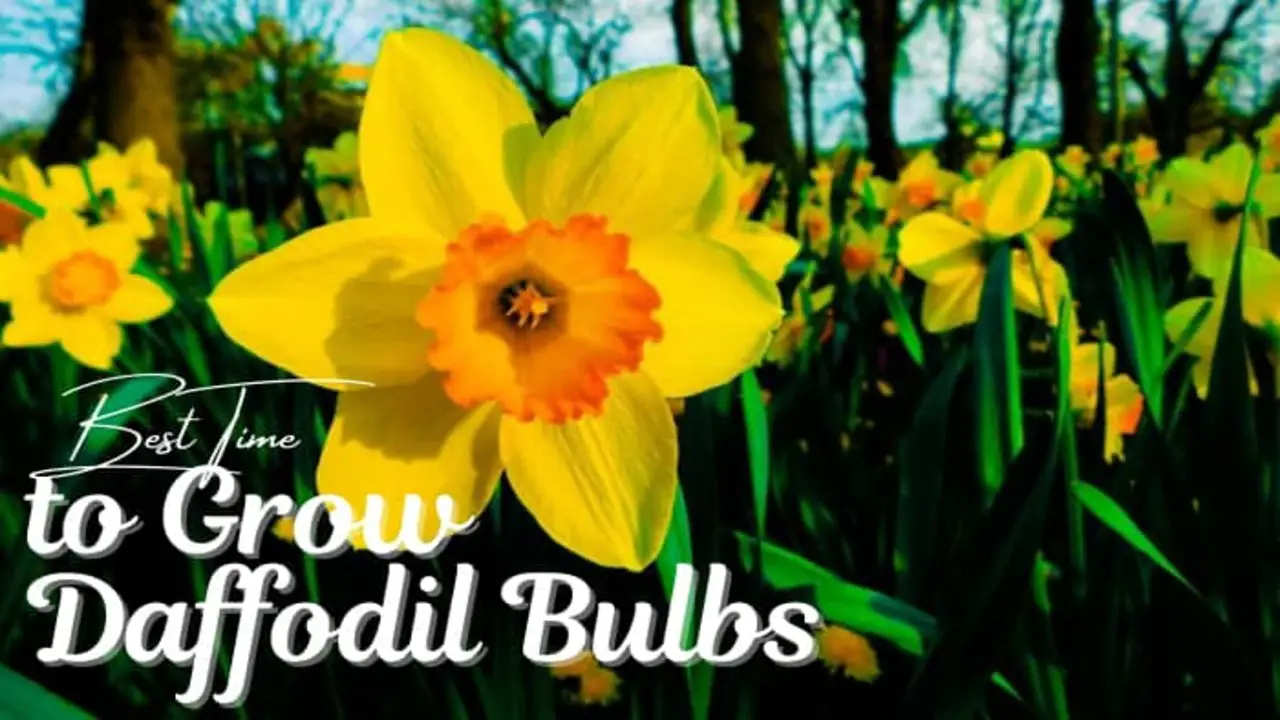
Harvesting and storing daffodil bulbs is important in growing these beautiful flowers. Once the daffodils have finished blooming and the foliage has turned yellow and died back, it is time to dig up the bulbs. Carefully use a garden fork or shovel to loosen the soil around the bulbs, being careful not to damage them.
Gently lift the bulbs from the ground and shake off any excess soil. It is best to let the bulbs dry out for a few days before storing them. Please place them in a cool, dry location with good air circulation, such as a garage or basement.
Store the bulbs in a paper or mesh bag for proper ventilation. Check on them periodically during storage to ensure they are not rotting or developing mould. You can enjoy their beautiful blooms year after year by properly harvesting and storing your daffodil bulbs.
Troubleshooting Common Issues
Growing daffodil bulbs can be a rewarding experience, but like any gardening end eavour, it is not without its challenges. By addressing these common issues promptly, you can ensure that your daffodil bulbs grow into beautiful blooming flowers that will brighten up your garden in springtime. Here are some common issues that you may encounter when growing daffodil bulbs and how to troubleshoot them:
- Lack Of Blooms: If your daffodil bulbs are not producing blooms, it could be due to insufficient sunlight or overcrowding. Daffodils require at least six hours of direct sunlight per day to thrive. Consider moving them to a sunnier spot if planted in a shady area. Additionally, if the bulbs are planted too close together, they may compete for nutrients and space, resulting in fewer blooms. To remedy this issue, dig up the bulbs and replant them with adequate spacing.
- Yellowing Leaves: Yellowing leaves on daffodil plants can indicate overwatering or nutrient deficiencies. Daffodils prefer well-draining soil and should not be kept overly wet. Ensure that the soil is moist but not waterlogged. If the leaves continue to yellow, it may indicate a lack of nutrients in the soil. Consider fertilizing with a balanced bulb fertilizer to provide the nutrients for healthy growth.
- Pest Infestations: Daffodil bulbs are relatively resistant to pests and diseases but can still fall prey to certain insects such as aphids or narcissus bulb flies. Aphids can be controlled by spraying the affected plants with water and mild soap. For narcissus bulb flies, avoid planting infected bulbs and remove any affected plants immediately.
Final Tips
To successfully grow daffodil bulbs from bulb to bloom, a few final tips will help ensure a healthy and vibrant display of flowers. When followed diligently, these tips can make a significant difference in the overall success of your daffodil garden.
- Plant the bulbs in the fall, about 4 to 6 weeks before the ground freezes.
- Choose a location with well-drained soil and full sun or partial shade.
- Dig a hole about three times as deep as the bulb’s height, and place the bulb in the hole with the pointed end facing up.
- Cover the bulb with soil, gently firming it around it to remove any air pockets.
- Water thoroughly after planting, and then water regularly throughout the growing season, keeping the soil evenly moist but not soggy.
- Apply a slow-release fertilizer in early spring to promote healthy growth.
- Remove spent flowers to prevent seed production and encourage more blooms.
- Allow the foliage to die back naturally after flowering, as this helps to nourish the bulb for next year’s growth.
- Consider lifting and dividing overcrowded clumps every few years to maintain healthy plants.
Conclusion
Growing daffodil bulbs from bulb to bloom requires careful preparation, maintenance, and monitoring. By choosing the right bulbs, preparing the soil, providing proper care, and ensuring adequate watering and sunlight, you can successfully nurture your daffodils to bloom beautifully.
Protecting them from pests and diseases and monitoring their growth is also important. Harvesting and storing the bulbs properly will ensure their longevity for future seasons. If you encounter any issues, refer to our troubleshooting tips. With these tips, you can enjoy a vibrant garden with blooming daffodils. We hope you understand how to grow daffodil bulbs from bulb to bloom. Happy gardening!
Frequently Asked Questions
1.How Long Does It Take For Daffodils To Bloom From Bulb?
Ans: It usually takes 6 to 12 weeks for daffodils to bloom from bulbs. The specific timeline may vary depending on the daffodil variety and growing conditions. To ensure spring blooms, it’s important to plant the bulbs in the fall and provide them with adequate sunlight, water, and soil nutrients.
2.How Do You Plant Daffodils In The Fall?
Ans: Planting daffodils in the fall is ideal. Look for a well-drained area with full or partial sun. Dig a hole 6 inches deep and place the bulb pointy side up. Cover with soil and water thoroughly.
3.Will Daffodils Bloom The First Year After Planting?
Ans: Daffodils typically take a year or two to bloom after planting. In the first year, the bulbs focus on establishing themselves in the soil and growing roots. While some early-blooming varieties may produce flowers, it is not common. Proper planting depth and care are essential for healthy growth and blooming in subsequent years.
4.What Is The Best Month To Plant Daffodil Bulbs?
Ans: The ideal time to plant daffodil bulbs is during fall, specifically from September to October. This timing allows the bulbs to establish their roots before going into winter dormancy. When planting, ensure a depth of 3-4 inches and spacing of 4-6 inches apart. Select a well-draining soil and a sunny location for optimal growth.
5.How Long Do Daffodil Bulbs Live?
Ans: Daffodil bulbs can live for multiple years with proper care. They usually reach their peak blooming period in the second or third year after planting. After blooming, allow the foliage to naturally die back before removing it. You can store daffodil bulbs over the summer and replant them in the fall for continuous blooms.

